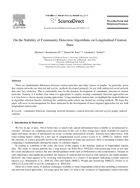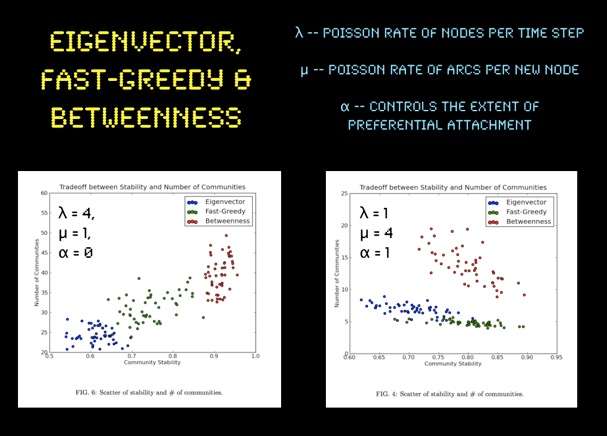There are a wide variety of analytic techniques available to study longitudinal citation data including econometric and network-based approaches. Focusing upon the latter, we believe the evolution of longitudinal citation networks may offer tremendous insights for a given substantive question. Whether tracing the spread of ideas through academic citation networks, the development of common law systems or following the spread of innovation in the patent database, understanding the dynamics contained within such representations can help enrich substantive theories of continuity and change within social, economic and political systems.
There are fundamental differences between citation networks and other classes of graphs. In particular, given that citation networks are directed and acyclic, methods developed primarily for use with undirected social network data may face obstacles. This is particularly true for the dynamic development of community structure in citation networks. Namely, it is neither clear when it is appropriate to employ existing community detection approaches nor is it clear how to choose among existing approaches. Using simulated citation data, we highlight the tradeoff inherent in algorithm selection thereby clarifying the conditions under which one should use existing methods. We hope this paper will serve as encouragement for those interested in the development of more targeted approaches for use with longitudinal citation data.


















